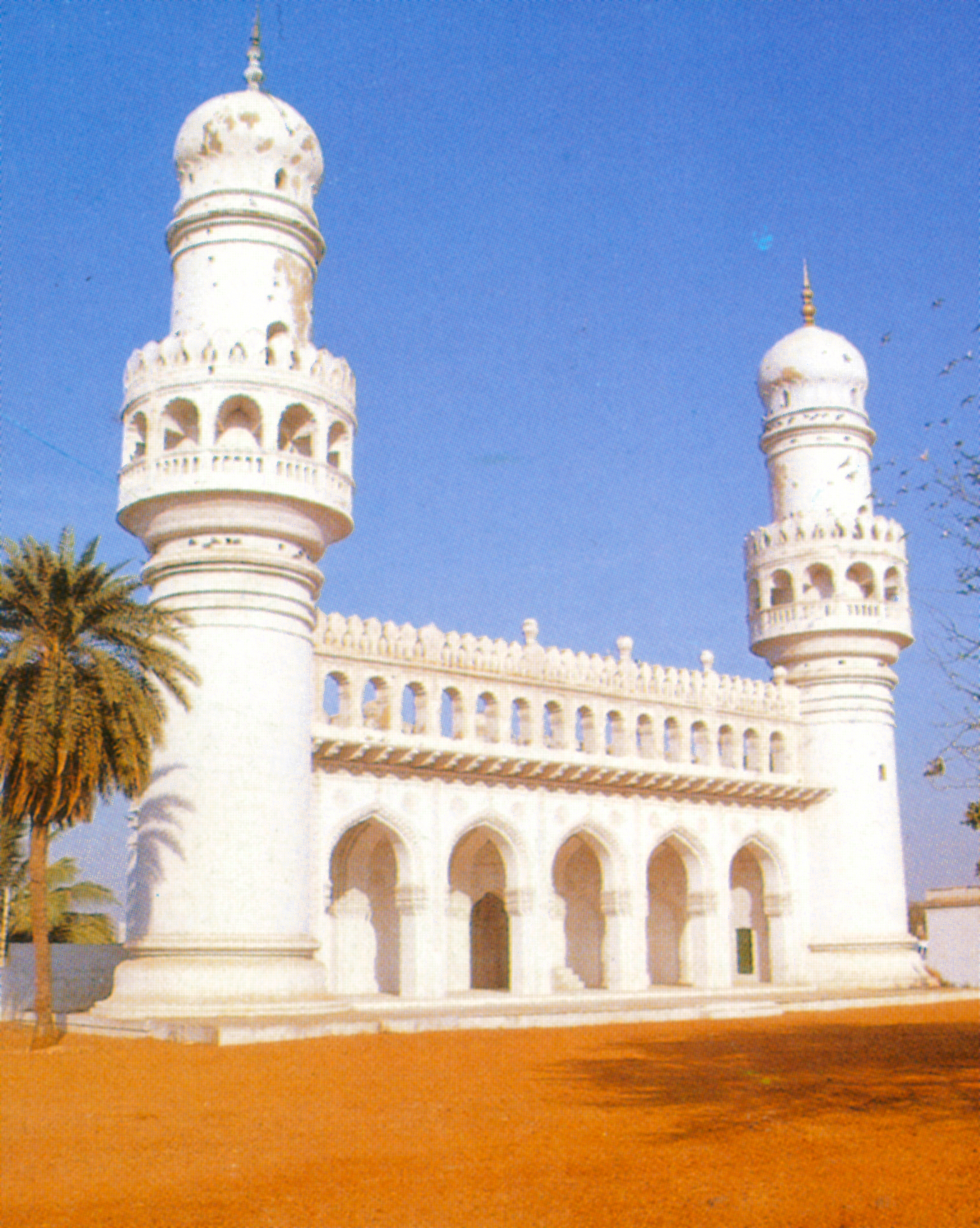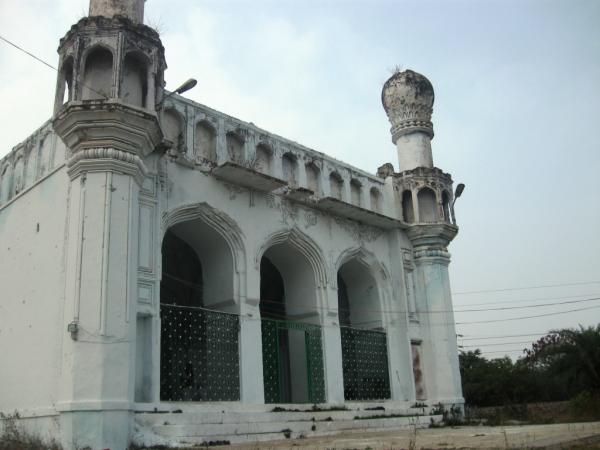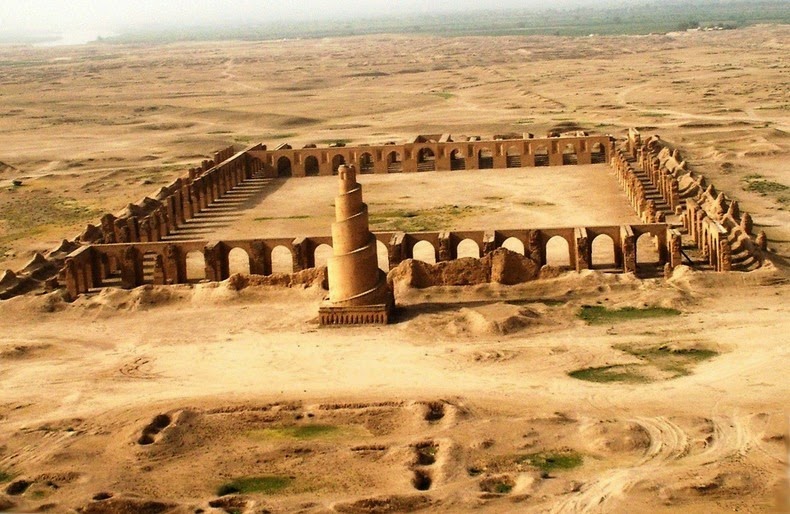
A Picturesque view of Sheopur where Sher Shah Built Eidgah
Dr.Mazhar Naqvi
History remembers
Sher Shah Suri as a gifted administrator and a brave general. He is also
credited with introducing an effective revenue and postal system in India. During
his five year rule from 1540 to 1545, Sher Shah also constructed mosques,
roads, inns and carried out welfare
activities for his subjects. His military and revenue reforms are considered to
have helped Mughal emperor Akbar greatly in consolidating his position from a
teenaged king to one of the greatest rulers of an ably administered vast
kingdom. Despite abundance of material on the life and works of Sher Shah, much
is not known about the Eidgahs built by him.
Two years after laying
the foundation of Sur dynasty, Sher Shah captured the Sheopur fort in Madhya
Pradesh in 1542.After the victory, he erected an Eidgah in Sheopur that is
still used by people during Eid-ul-Fitr and popularly known as Garden Eidgah. Sheopur is the administrative headquarters of Sheopur district and has been
traditionally famous for its wood carving its wood carving. The Eidgah is the most important historical structure of
Sheopur city located about 25 kms from Chambal river that serves as a boundary
between Madhya Pradesh and Rajasthan.
Sher Shah built
another Eidgah in Bhera – a town located on the bank of river Jhelum. Bhera was
a very old town but it was completely destroyed due to infighting among the various
groups of Pathans. Sher Shah rebuilt Bhera at its present location. The ruinous
look of the devastated city caused much distress to Sher shah. He decided to
camp near Qaimnath’s hut on the left bank of Jhelum and ordered the
construction of new buildings. After gifting the newly constructed town with a
very impressive and beautiful Jama Masjid, he also constructed a road and built
an Eidgah also on one of its sides. He also commissioned water tanks near Eidgah
for the passersby. Bhera is now in Pakistan and Eidgah and Jama Masjid are reportedly in a
good shape still.

Bhera Eidgah with Mosque in Backdrop
Sher Shah was born in 1486.His real name was Farid Khan. He
came to be known as Sher Khan after he
killed a Lion in the jungle of Sherghati in Bihar province of India. He drove Mughal
king Humayun out of India to establish Sur dynasty with Delhi as its capital. He
took his surname Suri from his hometown 'Sur’. After ascending throne, he
renamed Humayun’s 'Deen Panah' city as 'Shergarh' and also revived the historical Patliputra
city that has remained in a ruinous state since 7th century. Sher
shah was one of the eight sons of Hassan Khan Suri who was a prominent figure in the Sultanate of Bahlol Lodi. He died after suffering a fatal
injury during the siege of Kalinjar fort in Bundelkhand and lies buried in a magnificent
mausoleum in Sasaram city where he was
born according to Encyclopaedia Britannica. The Indian government has acknowledged the greatbness of sher shah by naming Asia's oldest and longest road Grand trunk road as Sher Shah Suri Marg(road).
(Reference available on request)
(Reference available on request)










